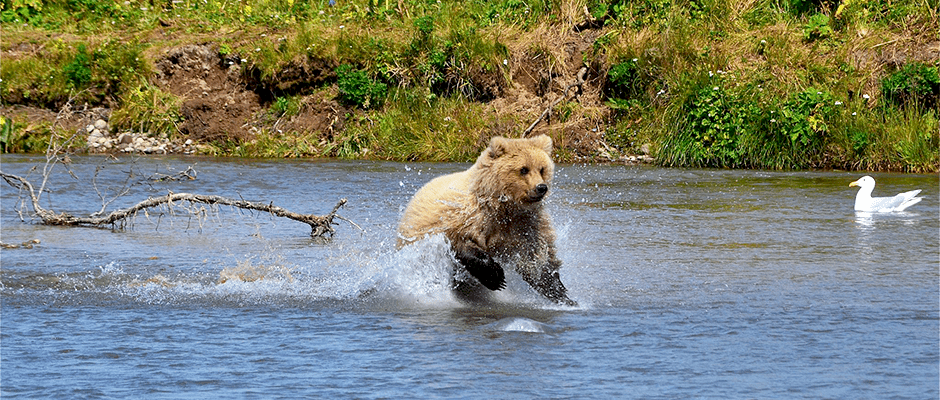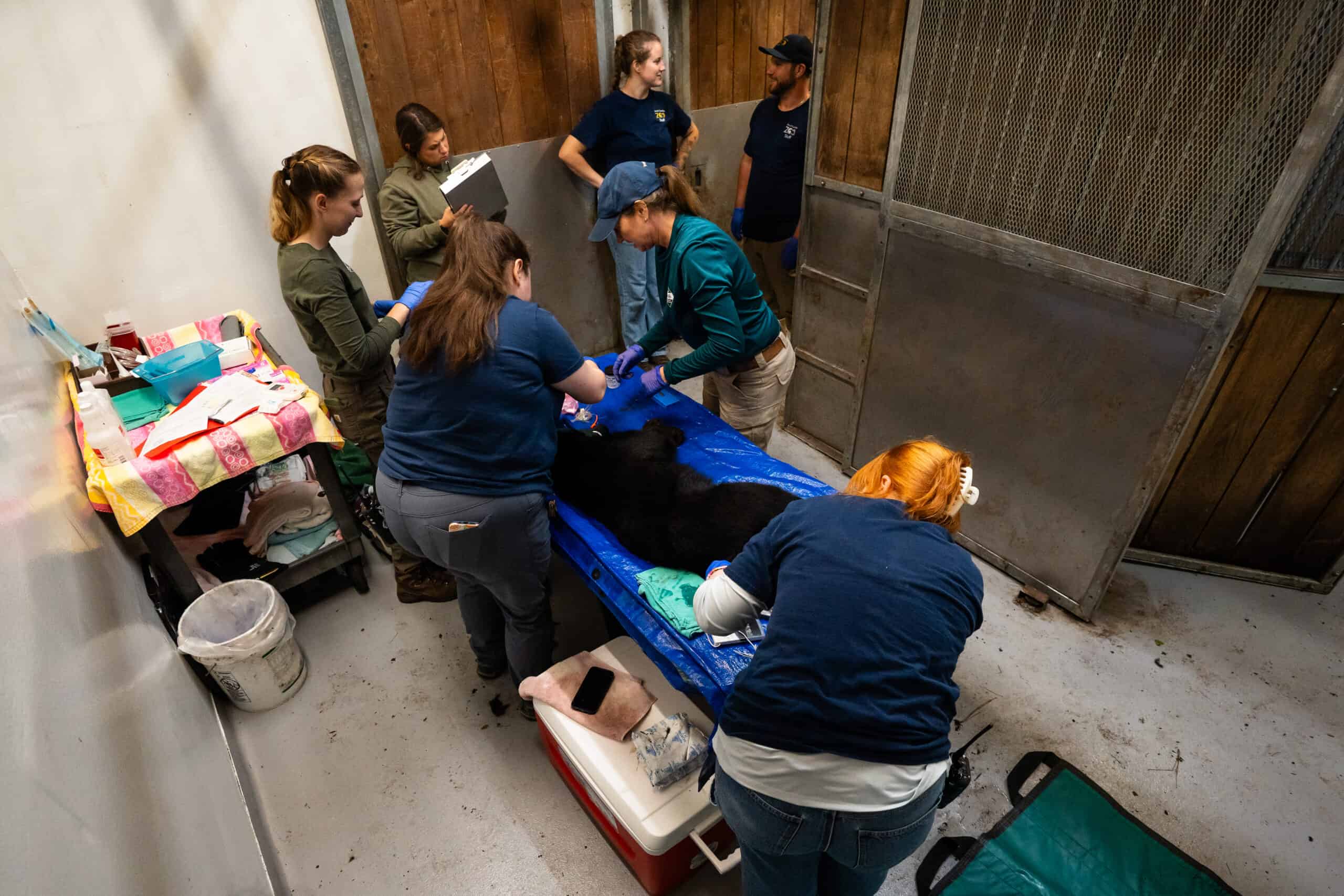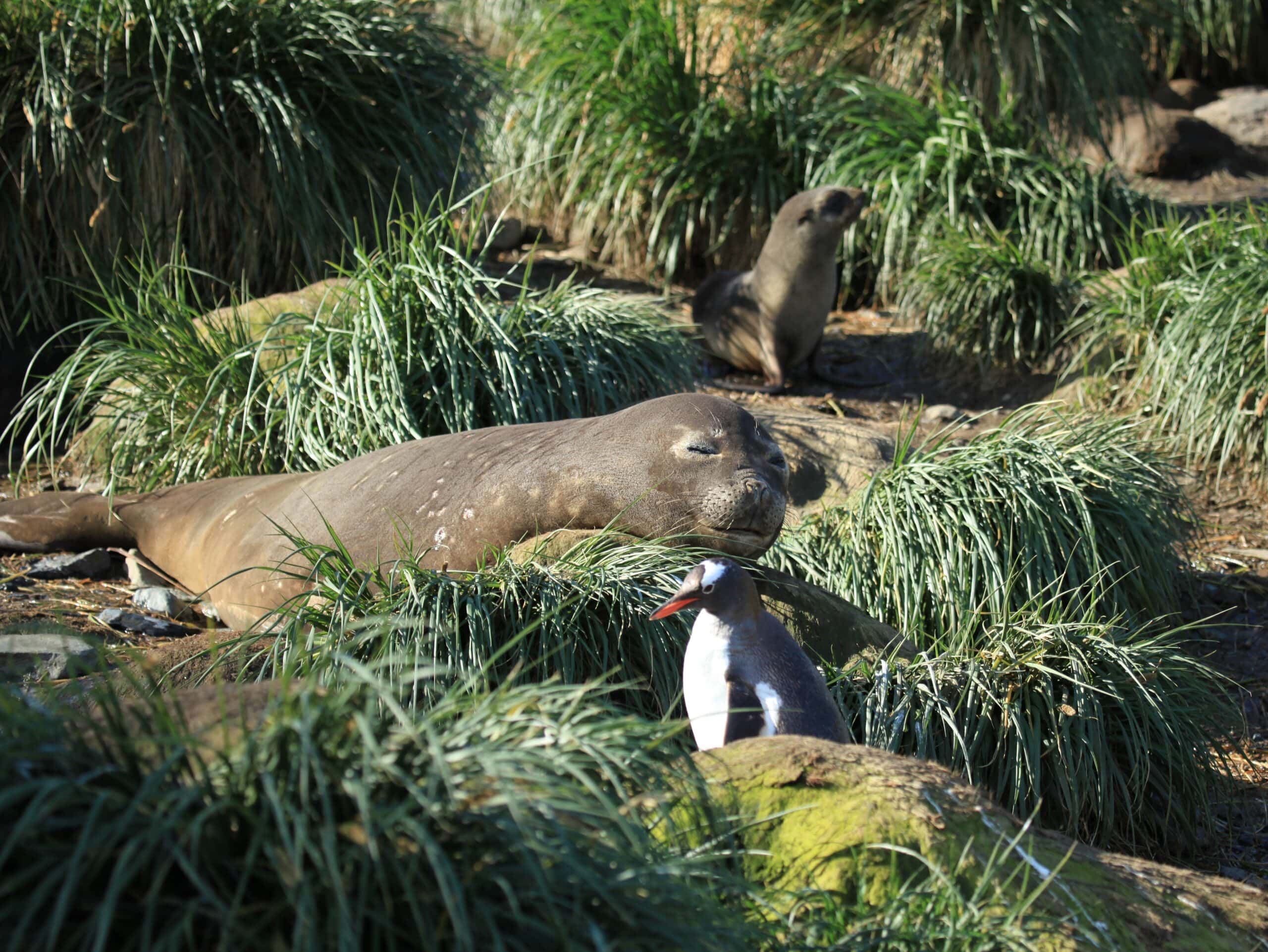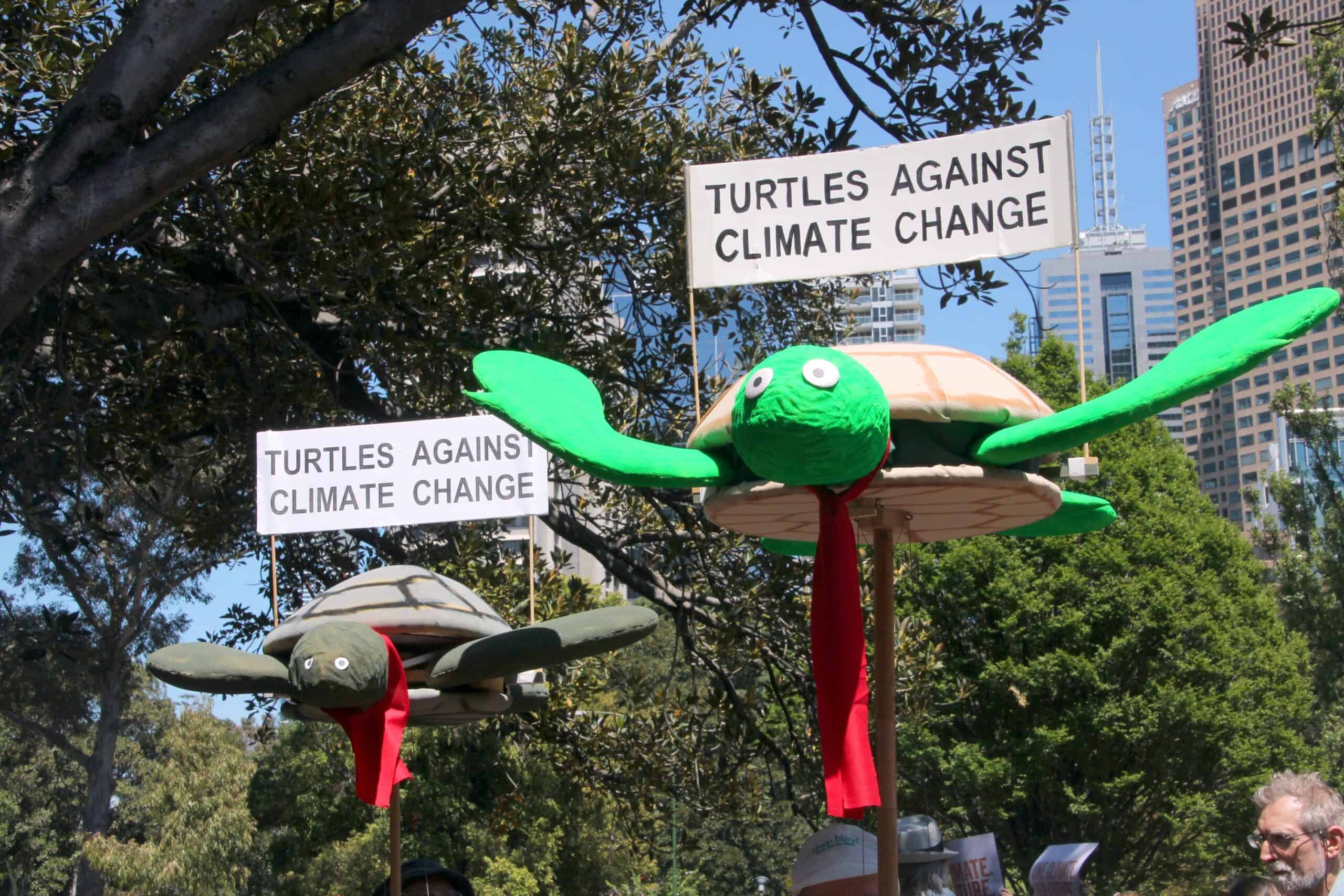Share this article
Human resources can ‘trap’ brown bears
For brown bears (Ursus arctos), human-modified landscapes can be a trap. The areas seem to provide food or other resources, but in reality they may result in high mortality or maladaptive behaviors. In a new article published in Mammal Review, researchers examined how ecological traps may contribute to decreases in brown bear populations.
As part of the research, the team completed a review of other studies on the topic, but they found few to consider.
“Generally, when we do a review paper we review a lot of references. In our case, we reviewed fewer than 10 papers,” said lead author Vincenzo Penteriani, a researcher at the Spanish Council of Scientific Research (CSIC). His team found only a few papers on ecological traps and only eight on ecological traps relating to brown bears. “That’s important because it means we frequently overlook this phenomenon.”
Penteriani and his team studied brown bears because they often coexist with people and have large populations close to human settlements in both Europe and North America. “Human-modified environments are perfect for these traps to arise,” he said. “There is a lot of attention on large carnivore conservation management, and so we decided to use brown bears, which have a very large distribution, as an example.”
Penteriani said human-modified habitats grow faster than the animals’ ability to learn about and understand the changes in the landscape.
“Animals think they are safe in some landscape, but on the contrary, there are some effects on their fitness,” he said.
In a population, Penteriani studied in northern Spain’s Cantabrian Mountains, cub infanticides seem to be relatively high. When he and his colleagues studied this issue from the ecological trap perspective, they found it might be related to human encroachment on their habitat. In areas where adult males search for females during the mating period, cubs and mothers are also using these areas as dens due to the limited amount of space as a result of human encroachment. This can lead to dangerous encounters between bears, which can result in infanticides, he said.
Penteriani hopes this research makes others aware of ecological traps, so they can take this under consideration when looking at unexpected decreases in bears.
“Frequently, we study populations from one point of view, but we lack information on other aspects of the population,” he said. “We hope this study can point out an important area that is generally overlooked.”
Header Image: A brown bear chases salmon in Russell Creek, Alaska. Researchers found that ecological traps are overlooked in determining decreases in brown bear populations around the world. ©K. Mueller/USFWS








